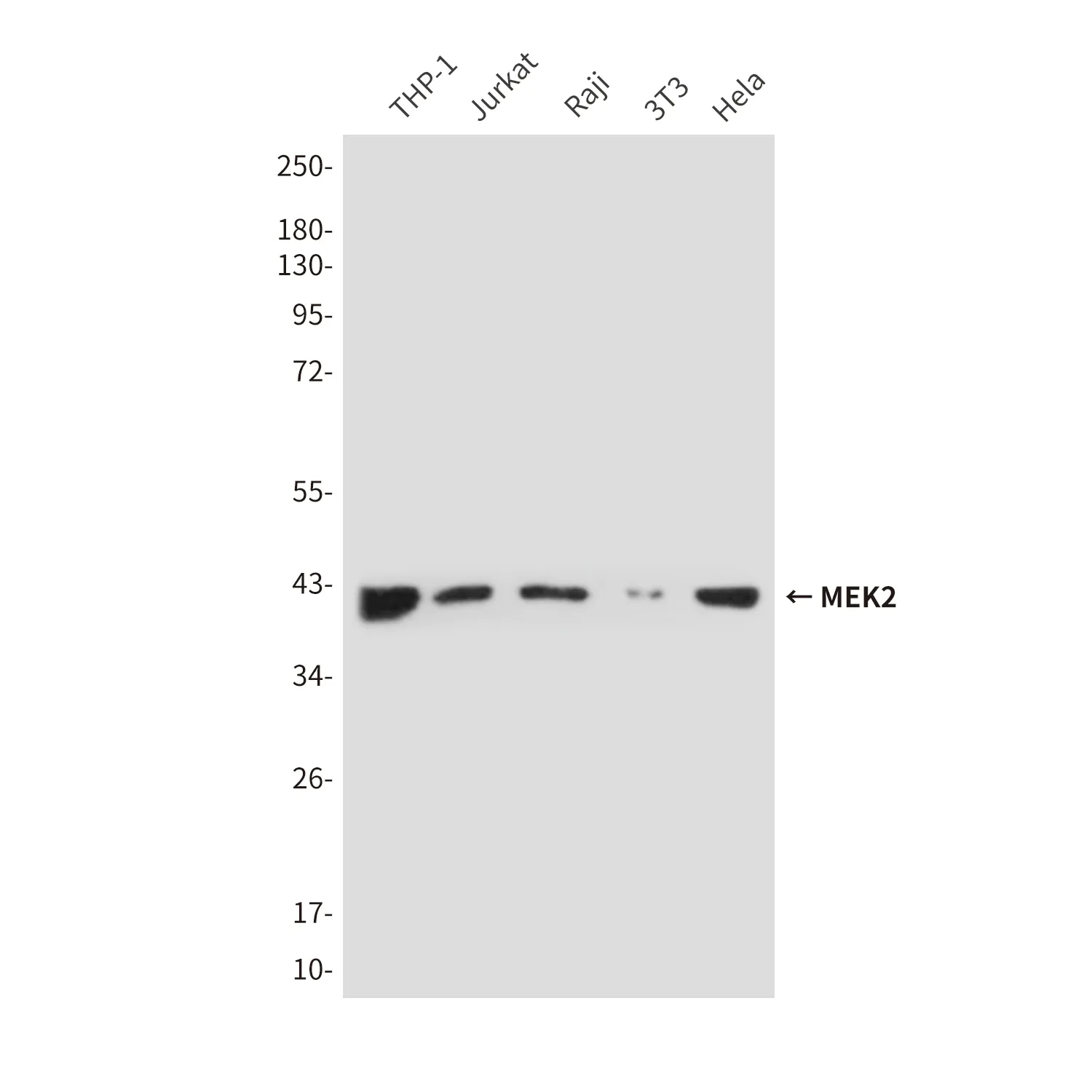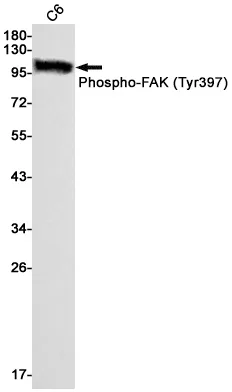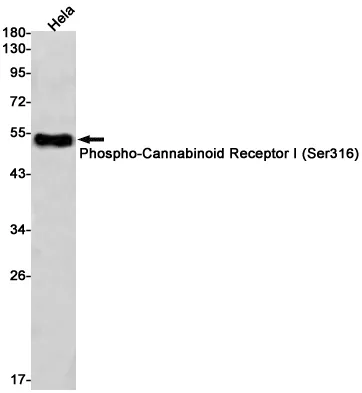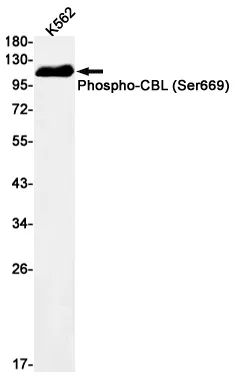Summary
Performance
Immunogen
Application
Background
Beta-galactoside-binding lectin that acts as a sensor of membrane damage caused by infection and restricts the proliferation of infecting pathogens by targeting them for autophagy. Beta-galactoside-binding lectin that acts as a sensor of membrane damage caused by infection and restricts the proliferation of infecting pathogens by targeting them for autophagy (PubMed:22246324, PubMed:28077878). Detects membrane rupture by binding beta-galactoside ligands located on the lumenal side of the endosome membrane; these ligands becoming exposed to the cytoplasm following rupture (PubMed:22246324, PubMed:28077878). Restricts infection by initiating autophagy via interaction with CALCOCO2/NDP52 (PubMed:22246324, PubMed:28077878). Required to restrict infection of bacterial invasion such as S.typhimurium (PubMed:22246324). Also required to restrict infection of Picornaviridae viruses (PubMed:28077878). Has a marked preference for 3'-O-sialylated and 3'-O-sulfated glycans (PubMed:21288902).
Research Area




